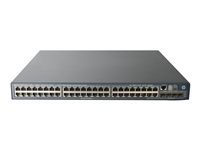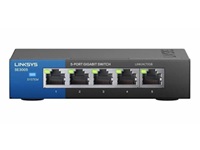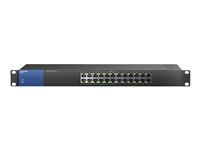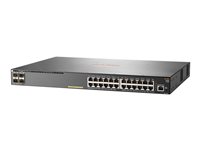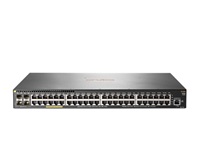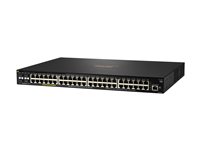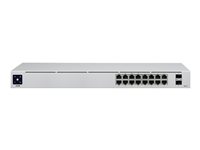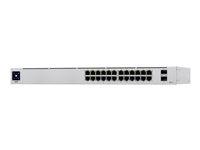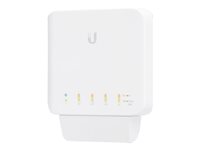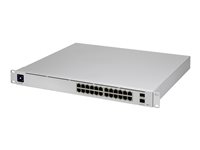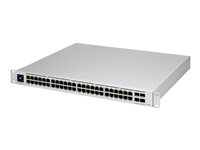General
Brand
HPE
Manufacturer
Hewlett Packard Enterprise
Model
5500-48G-PoE+ EI Switch with 2 Interface Slots
Packaged Quantity
1
Product Line
HPE
Dimensions & Weight
Depth
42.01 cm
Height
4.37 cm
Weight
6.5 kg
Width
43.99 cm
Flash Memory
Installed Size
32 MB
Miscellaneous
Encryption Algorithm
SSL
Rack Mounting Kit
Included
Networking
Form Factor
Rack-mountable
Jumbo Frame Support
Yes
Manageable
Yes
Ports Qty
48
Power Over Ethernet (PoE)
PoE+
Remote Management Protocol
HTTP , SNMP 2c , SNMP 3 , Telnet , CLI , HTTPS , RMON 9 , RMON 3 , RMON 2 , RMON 1 , SNMP 1
Routing Protocol
IGMPv3 , PIM-DM , PIM-SM , OSPFv2 , VRRP , IGMP , IGMPv2 , RIP-2 , RIP-1 , IS-IS , BGP-4 , OSPF , MLD , MLDv2 , RIPng , ECMP , Static IPv6 routing , Static IPv4 routing , MSDP , PIM-SSM , OSPFv3
Stackable
Stackable
Subcategory
Network hubs and switches
Subtype
Gigabit Ethernet
Type
Switch
RAM
Installed Size
256 MB
Service & Support
Type
Limited lifetime warranty




